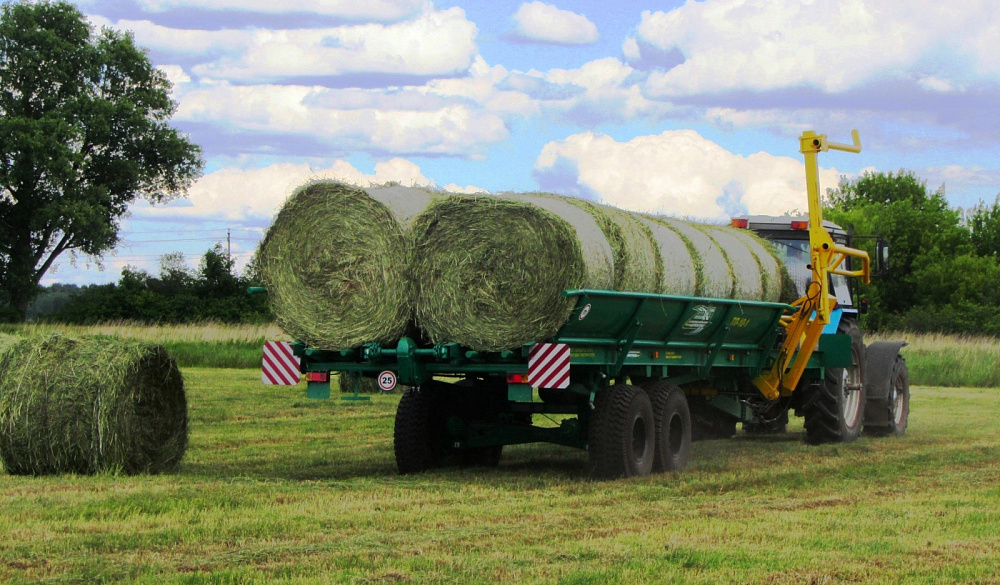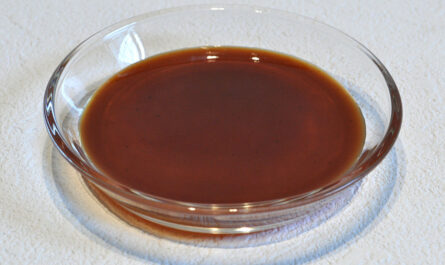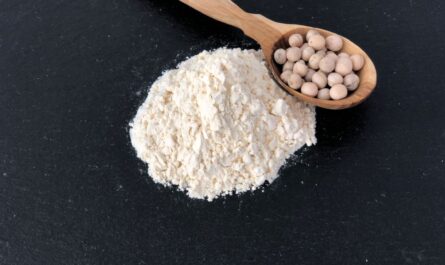Alfalfa, also known as lucerne, is a plant in the pea family Fabaceae. It is one of the most important forage crops and is the primary plant cultivated as hay. Alfalfa is used as a fodder crop for livestock and as a green manure crop. With a rich history spanning thousands of years, alfalfa has become a versatile and essential component of agricultural systems around the world.
History of Alfalfa Cultivation
Alfalfa is believed to have originated in either Iran or Turkestan and was first domesticated around 3000 BC. It was grown and cultivated by the Ancient Greeks and Romans. The Arabs spread alfalfa cultivation to Spain in the 8th century and it was introduced to the Americas by Spanish colonizers. Alfalfa quickly became an important crop in the United States, especially after the Civil War in the mid-1800s. It played a pivotal role supporting the development of cattle industries in the western states. Today, the top alfalfa producers globally include the United States, Argentina, China, Canada and France.
Nutritional Value of Alfalfa
Alfalfa hay is highly nutritious forage for livestock. It contains protein levels as high or higher than many other commonly fed hay crops. On average, alfalfa hay contains 18-25% protein, compared to 10-15% for many grass hays. It is also rich in vitamins, minerals and dietary fiber. Alfalfa hay provides necessary vitamins and minerals livestock need, such as vitamins A, D, E, and K as well as calcium, potassium, phosphorus and magnesium. Its nutritional composition makes alfalfa hay an excellent source of balanced nutrition that maintains livestock health and productivity.
Yield and Harvesting of Alfalfa
Alfalfa Hay is planted as a perennial crop that can yield harvests for up to 6-8 years with proper management before replanting is required. Established alfalfa fields are typically cut 3-5 times per year, with yields of 3-6 tons of dry matter per acre annually. Alfalfa is harvested when it reaches early to mid-bloom stage for optimum nutritional quality and maximum yield. Cutting heights are normally 6-8 inches above ground level. Harvesting occurs with special alfalfa mowing equipment like swathers that cut and lay the alfalfa in windrows for drying. After drying, the windrows are gathered and baled.
Varieties of Alfalfa Available
There are hundreds of varieties of alfalfa bred for various growing conditions and uses. Varieties are classified mainly based on fall dormancy ratings from 1-11, with 1 being very non-dormant and 11 being very dormant. Low-dormancy varieties are suited to the northern and coastal regions where winter is mild while high-dormancy varieties grow well in drier inland regions with colder winters. Common alfalfa varieties grown include:
– Ranger – Moderate fall dormancy, high forage yields, widely adapted
– WL 325 – Low dormancy, adapted to northern regions
– Arctic – Very low dormancy, cold tolerant for extreme northern zones
– Buchanan – High yield potential, disease resistant
– Salinity tolerant varieties – Well suited for saline and sodic soils
Uses of Alfalfa Hay
In addition to being an excellent nutritional livestock feed, alfalfa has many other beneficial agricultural uses:
– Dairy cattle feed – As a high-protein forage, alfalfa is ideal for lactating dairy cows.
– Beef cattle feed – Grown beef cattle and stockers perform well grazing alfalfa or eating alfalfa hay.
– Horse feed – Alfalfa meets horses’ high nutritional needs for energy, calcium and proteins.
– Sheep and goat feed – Sheep and goats readily consume alfalfa as a major hay crop.
– Green manure crop – Alfalfa’s deep roots add nitrogen and organic matter to soil when plowed under.
– Bee forage – Alfalfa flowers are an important nectar source, supporting honey bee colonies.
– Biomass crop – Alfalfa can be grown as a rotation crop for cellulosic ethanol and other biofuel production.
Advantages of Growing Alfalfa
There are many advantages that make alfalfa hay an attractive forage crop option for livestock producers:
– High yield potential and nutritional value provides excellent returns on investment.
– Perennial stand can produce harvests for many years with proper management.
– Fixes atmospheric nitrogen through symbiotic bacteria, improving soil fertility.
– Deep roots break up hardpans and improve soil structure.
– Tolerant of wide range of soil and climate conditions across North America.
– Established alfalfa is highly drought resistant once seeded.
– Provides green forage during summer slump when other hays are dry and dormant.
In summary, with high nutritional value, versatility, and adaptability, alfalfa hay rightfully takes its place as one of the most universally cultivated and important forage crops worldwide. With superior benefits for both livestock production and cropping systems, alfalfa will remain a cornerstone forage for agriculture into the future. When grown and harvested optimally, alfalfa hay delivers excellent returns as a nutritional livestock feed and soil-improving element of sustainable farm management practices.
*Note:
1. Source: Coherent Market Insights, Public sources, Desk research
2. We have leveraged AI tools to mine information and compile it.




